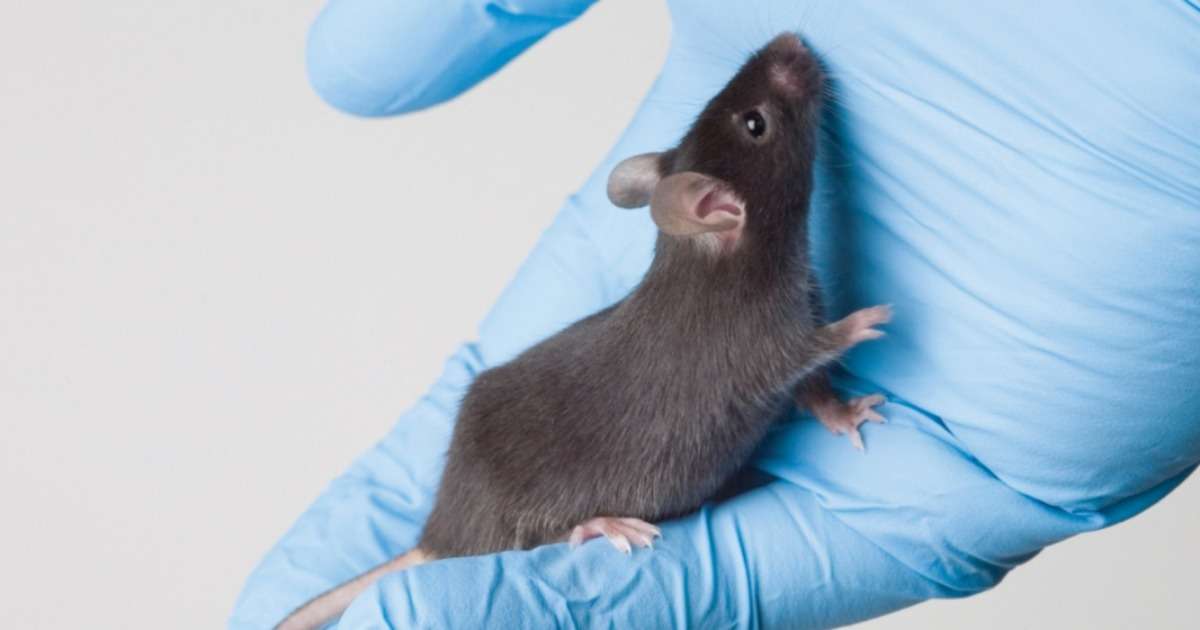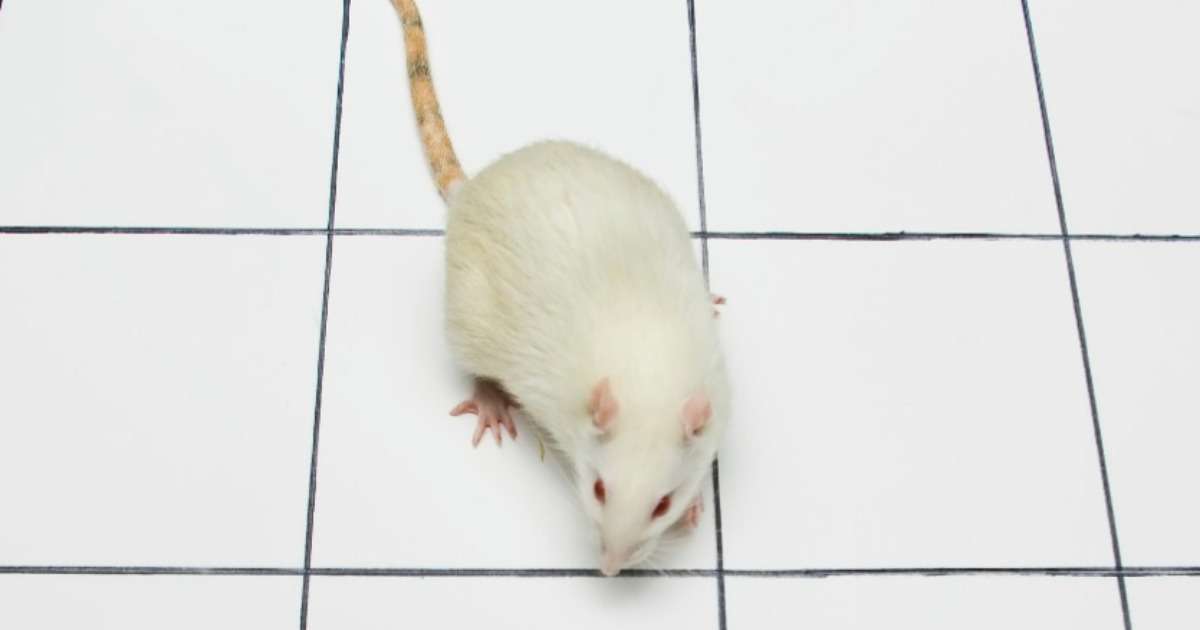
Optogenetics and operant conditioning
A great example of optogenetics in behavioral studies is the work of Dr. Kravitz and Dr. Kreitzer at the Kreitzer lab (currently, Kravitz works at the NIDDK in Bethesda). Let me tell you about it.

Optogenetics - Shining a light on brains and behavior
Brains are complicated. We all know that. Like an entangled bunch of wires. Still, over the years, neuroscientists have been able to map out several brain regions and their functions in behavior and physiology.

Drunken mice get aggressive on Alzheimer’s drugs
Will there ever be a cure for alcoholism? Well, some laboratory studies show that certain drugs might stop the cravings. But they might also cause serious side-effects such as aggressive behavior.

Time based relations in gait analysis
I have written two blog posts about static gait parameters. Now it’s time to talk about all four paws, and the time based relationships between them. If you ask me, we’ve been saving the best blog post for last!

Going the distance - and why it matters in gait analysis
A footprint, that is. With CatWalk XT, you can extract a lot of information from just one footprint. In this post, I am taking it a step further by talking about the relationship between prints.

What a print can tell
So what can one footprint tell you? Well, it could tell you a lot. Simply putting the paw in ink and studying the print left behind is one way to go about it, but there are far more sophisticated ways of footprint analysis.

What gait can tell: 3 blogs that will help you understand
The usefulness of gait is well established in research on spinal cord injury, ataxia, and arthritis. But in fact, research on all disorders that influence gait in any way, can benefit from gait and footfall analysis.

Brain waves and behavior: sleep to learn
To find out more about human and animal learning and memory, we might just have to go to sleep. Ahem – research on sleep, I mean.

How to find an animal model for obsessive-compulsive disorder (OCD)
We all show some form of compulsive behavior. I triple check to make sure I locked my car, knowing that it’s locked but still feeling the need. But what if compulsions, rituals, and repetition rule your everyday live?
